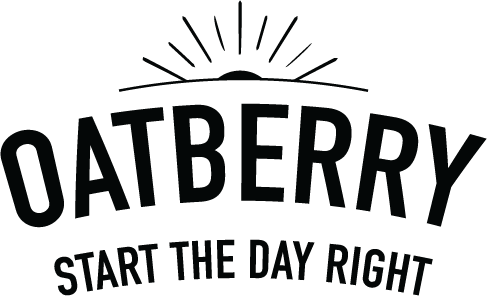
Understanding food labels
Share

All food labels have amazing graphics such as bright colors, attractive photos, product descriptions, and its selling points like nutrition claims and other health claims. However, they also offer valuable information to guide you in selecting products consistent with your health goals. By turning the package over and reviewing the Nutrition Information panel displayed on the backside, you can learn more about how a product can (or cannot) fit into your nutrition regime. Here are six quick steps to help you get started.
Check the Serving Size: many package sizes appear to be “one serving” but actually, it can contains two or three servings.
Review Calories and Calories from fat: this provides the total calories in one serving. You may need to multiply this amount by the “Servings per Container” if you consume the entire package.
Moderate Fat
- Keep Total fat below 65 grams per day
- Keep Saturated fat below 20 grams per day
- Avoid Trans Fats completely.
Limit Sodium: keep daily sodium totals below 2300 mg (for healthy individuals) and below 1500 mg (for individuals with high blood pressure)
Fill up on dietary fiber, vitamins, and minerals: choosing fresh fruits, vegetables, beans, lentils, 100% whole grains, nuts, and seeds help to get more of these nutrients
Check the ingredient list: ingredients are listed in descending order by weight. Those in the largest amounts are listed first – so look for items that have healthier ingredients listed first. The 8 most allergenic foods must be listed – review to avoid items to which you are allergic or intolerant. Make sure to check processed ingredients, as the ingredients may be name differently.
Expiry date: the date which the food should be consumed by for its optimal quality and food safety.
